The traditional lush, green, perfectly mowed lawn has long been a symbol of suburban pride. But in recent years, more homeowners are rethinking their turf. With rising concerns about water use, pesticide exposure, and biodiversity loss, the no-mow lawn movement has gained momentum. Instead of weekly mowing sessions, these alternative lawns focus on low-maintenance groundcovers, wildflowers, and native grasses that thrive naturally.
But is a no-mow lawn right for you? We asked experts in horticulture, ecology, and landscaping to weigh in. Here’s what you need to know before trading in your mower.
What Exactly Is a No-Mow Lawn?
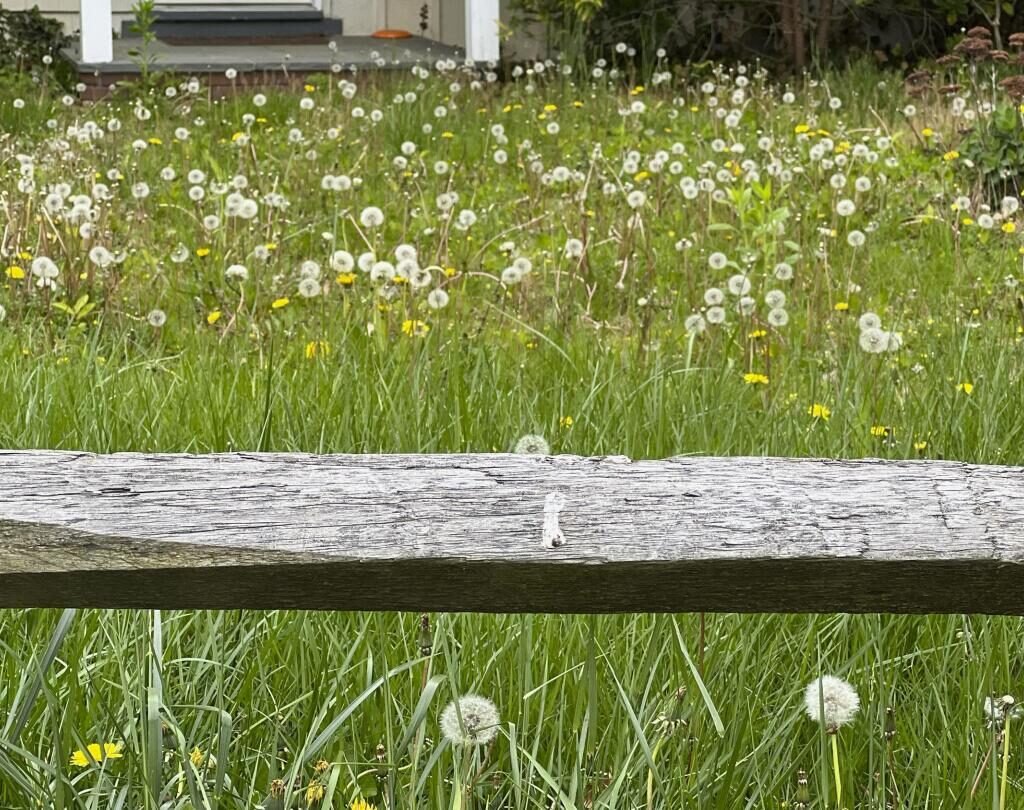
A no-mow lawn doesn’t necessarily mean you’ll never touch your mower again. Instead, it refers to lawn alternatives that require little to no mowing compared to conventional turfgrass.
Types of no-mow lawns include:
- Low-growing fescues: Fine fescue blends grow slowly and stay shorter, needing only one or two trims per season.
- Wildflower meadows: A mix of native wildflowers and grasses that bloom throughout the year, providing beauty and pollinator habitat.
- Clover or microclover lawns: Durable, soft groundcovers that stay green even in drought and don’t require fertilization.
- Groundcovers like thyme or sedum: Low, fragrant plants that spread to cover bare soil.
Each type has its benefits and challenges, but they all share one trait: less maintenance and more ecological value.
The Environmental Case for No-Mow Lawns
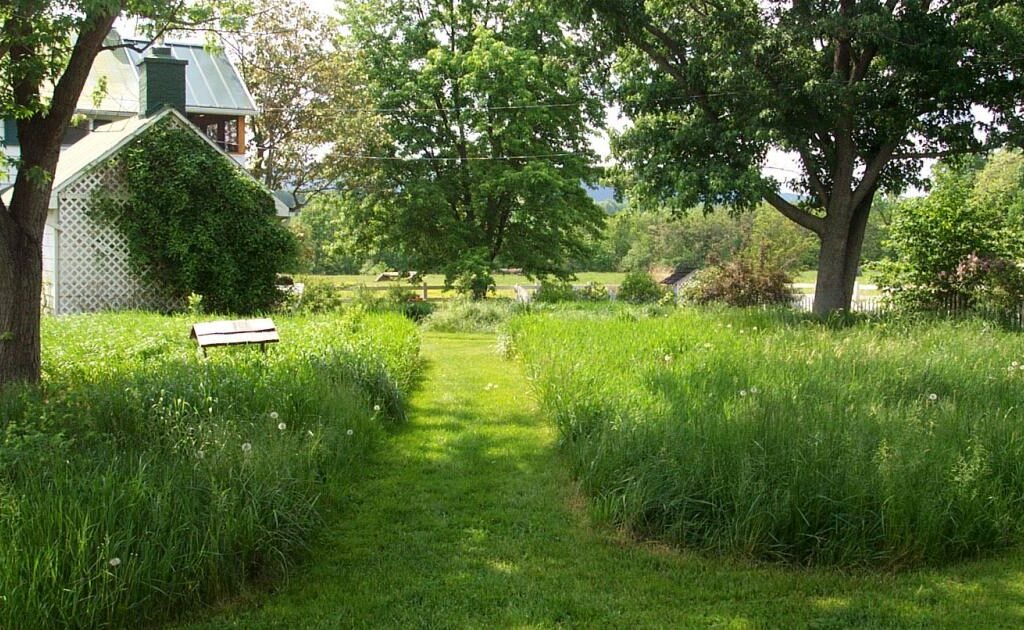
Traditional lawns may look neat, but they’re not always kind to the environment. According to the EPA, turfgrass covers more acreage in the U.S. than any irrigated crop—and it consumes billions of gallons of water each day.
Experts highlight several ecological benefits of no-mow lawns:
- Water conservation – Native grasses and groundcovers typically need far less irrigation than conventional turf.
- Pollinator habitat – Clover, wildflowers, and native plants provide nectar and shelter for bees, butterflies, and birds.
- Soil health – Deep-rooted alternatives improve soil structure, reduce erosion, and increase carbon storage.
- Reduced chemical use – No-mow lawns often thrive without fertilizers or pesticides, protecting local waterways.
As Dr. Emily Hartwell, a landscape ecologist, puts it: “Every square foot of lawn converted into habitat is a win for biodiversity and climate resilience.”
The Practical Benefits
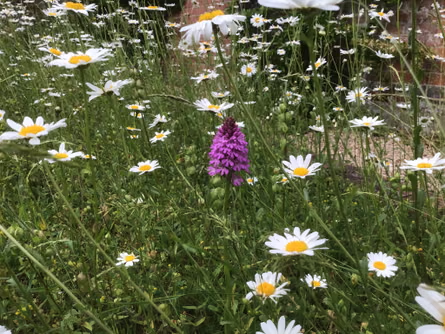
While many homeowners are motivated by sustainability, the everyday perks of a no-mow lawn are equally appealing:
- Less maintenance: Say goodbye to weekly mowing, edging, and fertilizing.
- Lower costs: Reduced spending on gas, equipment, water, and chemicals.
- Year-round interest: Wildflower lawns shift colors with the seasons, unlike turf which can brown in droughts.
- Pest resistance: Diverse plantings are less vulnerable to diseases and pests than monoculture grass.
For busy families, retirees, or eco-conscious gardeners, these benefits can make a no-mow lawn an attractive option.
Potential Drawbacks to Consider
Of course, no gardening solution is perfect. Experts caution that no-mow lawns come with challenges.
- Initial installation costs: Seeds, soil prep, and groundcover plugs can be more expensive upfront than laying sod.
- Establishment period: No-mow lawns often take a year or two to fill in fully, requiring patience.
- Neighborhood expectations: Some communities have strict lawn appearance rules, and a meadow-style lawn may not fit in.
- Foot traffic limitations: While clover and thyme tolerate light use, wildflowers and fescues may not handle heavy play areas.
As landscape designer Marcus Liu notes: “No-mow lawns are fantastic in the right setting, but they’re not ideal for soccer games or high-traffic backyards.”
Best Plants for No-Mow Lawns

Experts recommend starting with species suited to your region and soil. Popular choices include:
- Fine fescue blends: Ideal for cooler climates, shade-tolerant, and slow-growing.
- Buffalograss: A drought-tolerant option for warmer, dry regions.
- Dutch white clover: Stays green, fixes nitrogen in soil, and feeds pollinators.
- Creeping thyme: A fragrant, drought-resistant groundcover that produces purple blooms.
- Wildflower mixes: Tailored blends of native flowers and grasses for meadow-style lawns.
Consulting a local extension office or native plant society can help you choose plants that thrive without excess care.
How to Transition to a No-Mow Lawn
Switching from traditional turf to a no-mow lawn requires some planning, but it doesn’t have to be overwhelming.
- Assess your site: Note sun exposure, soil type, and foot traffic.
- Remove existing turf: Use solarization (covering with plastic), smothering with cardboard, or digging out sod.
- Amend the soil: Add compost to improve fertility and drainage.
- Seed or plant: Sow seeds evenly or plant plugs for faster coverage.
- Water sparingly: Provide consistent moisture during establishment, then taper off.
- Mow occasionally: Many no-mow lawns benefit from one or two trims per year to prevent woody growth and encourage density.
The key is patience—after the first year, maintenance drops dramatically.
What Experts Recommend
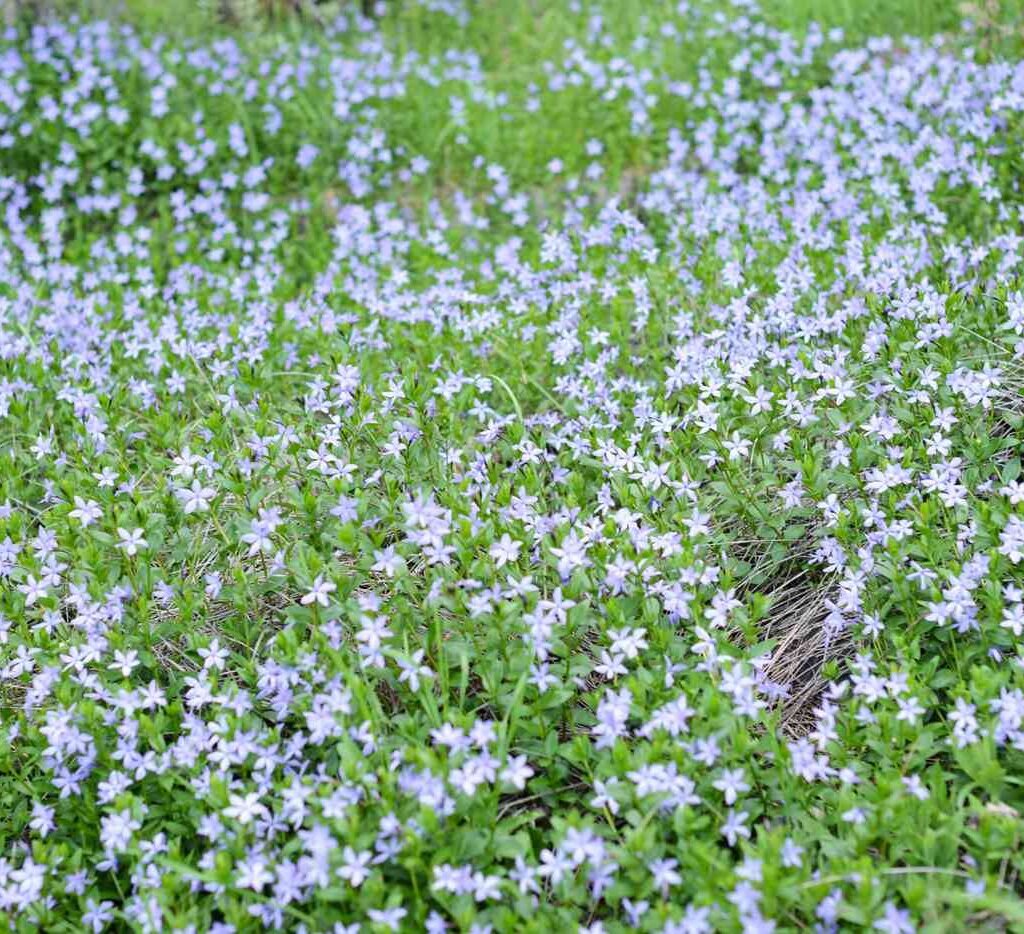
So, should you try a no-mow lawn? The answer depends on your goals.
- If you value biodiversity, sustainability, and low maintenance: Experts agree that no-mow lawns are a smart choice.
- If you need a play lawn for kids or pets: Consider a hybrid approach, keeping some turf areas and converting less-used sections to no-mow alternatives.
- If you live in an HOA community: Check rules first to avoid conflicts.
Dr. Hartwell sums it up: “A no-mow lawn doesn’t have to replace every inch of turf. Even small patches can reduce your environmental footprint and bring back pollinators.”
Final Thoughts
No-mow lawns challenge the idea that a perfect green carpet is the only way to landscape. By embracing native grasses, clover, wildflowers, and other groundcovers, you can reduce maintenance, cut costs, and create a yard that supports the environment.
The movement isn’t about neglect—it’s about rethinking what beauty and function look like in our outdoor spaces. Whether you go all-in or start small, a no-mow lawn can be a rewarding step toward a greener future.
So, before you fuel up your mower this weekend, ask yourself: Could your lawn—and the planet—benefit from a little less mowing?
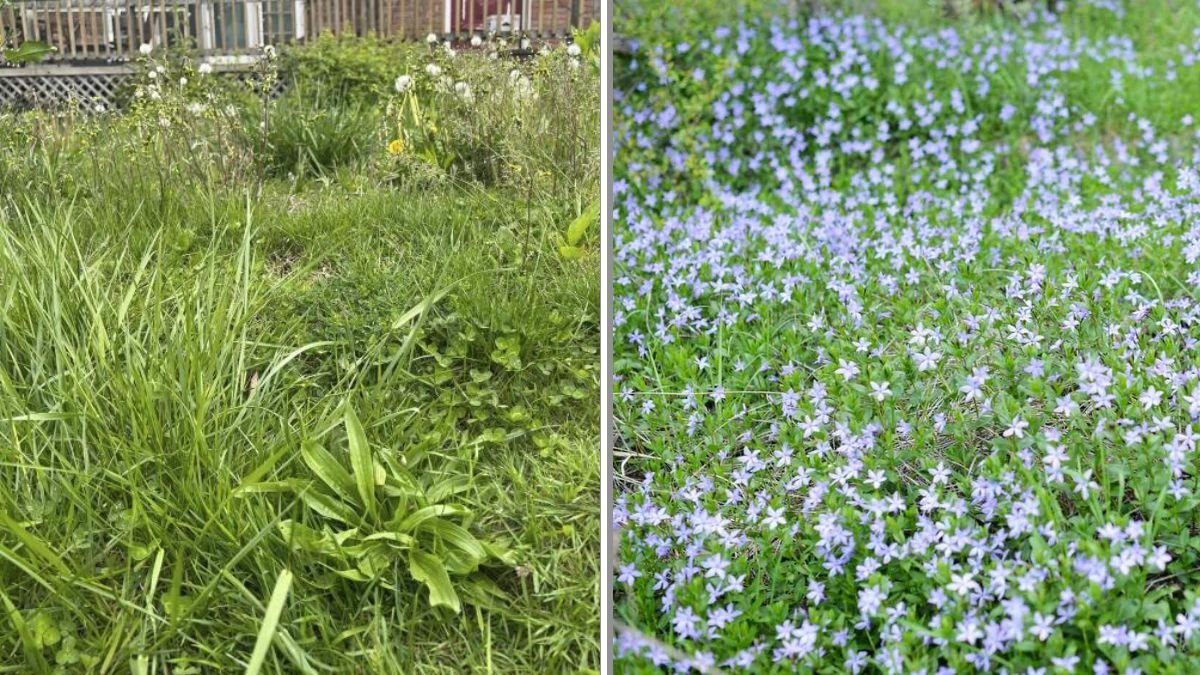
Leave A Comment